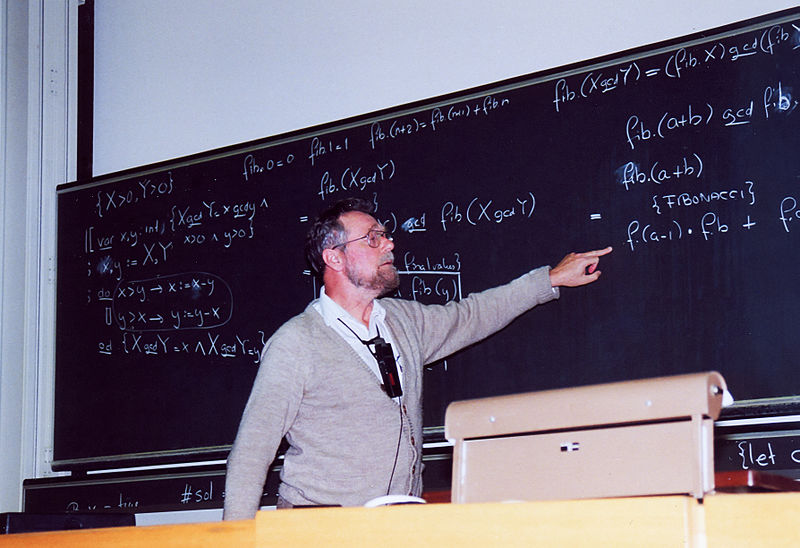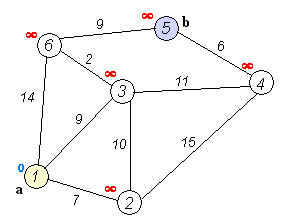
#Fun
#GeoawesomeQuiz 27 – Paradise Islands Challenge

Summer vacation time. Finally. Dreaming about going to paradise islands? First take our test!
As always remember to share your score with the world! And to check out our other GeoawesomeQuizzes!
PARADISE ISLANDS CHALLENGE
CAN YOU RECOGNIZE THESE ISLANDS BASED ON SATELLITE IMAGES?
[viralQuiz id=27]
DID YOU LIKE THE QUIZ? SUBSCRIBE TO OUR WEEKLY NEWSLETTER
[wysija_form id=”1″]

#Fun
#Environment
#Fun
#Science
How LiDAR Technology Helps in Landslide Monitoring?
#Events
#Fun
#GeoDev
#Ideas
Join 6th CASSINI Hackathon. Innovating with Space Technology for International Development & Humanitarian Aid
#Fun
#Science
Change Detection with LiDAR Data





